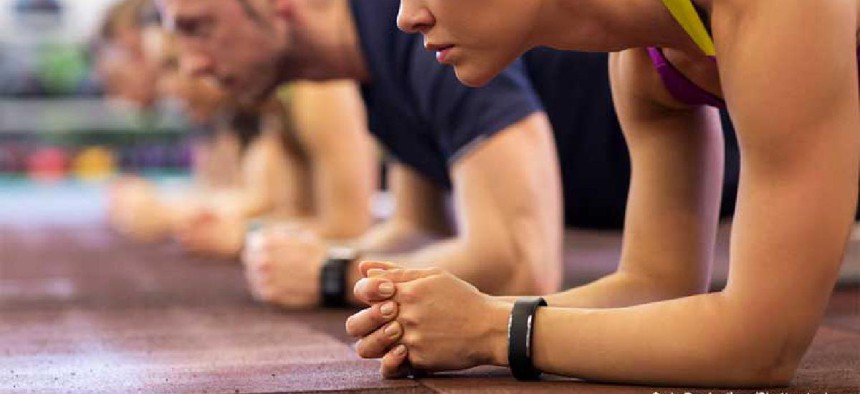Army looks to machine learning to predict, prevent injuries


Connecting state and local government leaders
Hoping to reduce costly non-combat muscle and bone injuries to warfighters, the Army turns to a machine learning-based tool used in professional sports.
The Army is harnessing a sensor and machine learning platform currently used by professional and collegiate sports teams to analyze individual soldiers’ biomechanics and predict and prevent physical injuries.
According to a March 2020 paper in Military Medicine, noncombat injuries are the leading cause of outpatient medical visits among active Army service members, accounting for “nearly 60% of soldiers’ limited duty days and 65% of soldiers who cannot deploy for medical reasons.” Besides decreasing the number of soldiers available to deploy, these injuries are expensive to treat and can lead to service-connected disability compensation.
The Army’s Mission and Installation Contracting Command will be using Sparta Science’s Sparta Trac system to collect data on movements used in heavy physical training regimes. The system uses force plates, similar to large bathroom scales that are equipped with sensors that assess an athlete’s core and lower extremity strength. As athletes do various balance, jumping and plank exercises, the system collects and analyzes the data to create a movement signature and show the risk level for musculoskeletal injuries. It also designs customized workouts so soldiers can strengthen weak areas and avoid injuries. The diagnostic test takes five minutes, company officials wrote in an Aug. 18 column for Stars and Stripes.
Force plate technology was singled out for study by the military in the 2021 National Defense Authorization Act. The NDAA encouraged development of a tool that will check warfighters’ physical fitness to determine combat readiness. Force plate technology and machine learning capabilities are an important part of that tool, according to the NDAA.
Although force plate systems are already used across the military, the NDAA tasked the Secretary of Defense to report on how many military units are using the systems, as well as whether the technology could be scaled to develop individual fitness programs for at-home and deployed warfighters.




